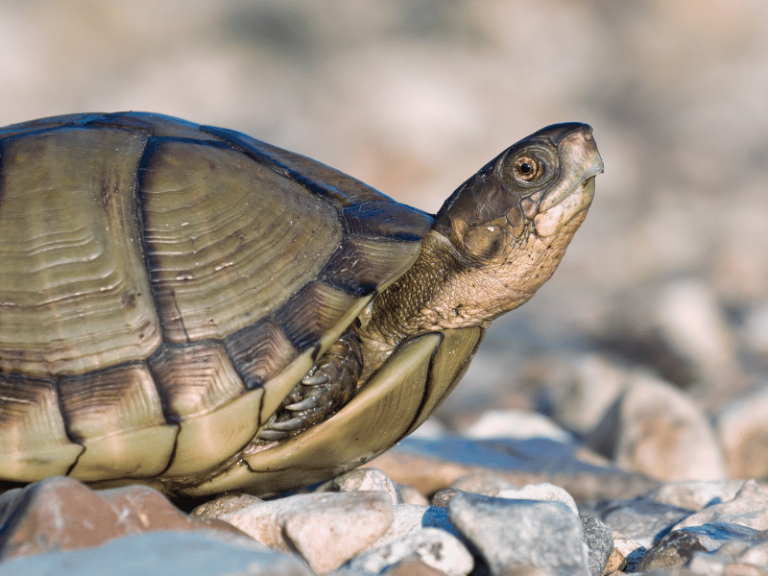Saying that turtles are living barometers is not exaggerated at all.
Pay attention: if a turtle’s shell is very dry, it’s unlikely to rain soon; but if its shell is moist, as if sweating, don’t forget to bring an umbrella when you go out.
Why is that?
Let’s take a look at the turtle’s shell. First, the texture of a turtle’s shell is very dense, with low drainage and water absorption; second, turtles are ectothermic animals, so their shell is not influenced by stable body temperature.
With these two conditions, it reacts to the water vapor in the atmosphere…
On sunny days, atmospheric pressure is high, and water vapor is sparse, so there’s not much effect; before it rains, atmospheric pressure decreases, water vapor density increases, especially closer to the ground, where it’s thicker. At this time, the turtle’s shell comes into contact with dense water vapor per unit area, and combined with the coolness of the shell, the water vapor condenses and accumulates on its surface, making it appear moist to us.
In fact, before it rains, it’s not just the turtle’s shell that gets moist; some marble products, cement floors, and stone pillars have the same situation as the turtle’s shell. The reason is the same as the moistness of the turtle’s shell.

